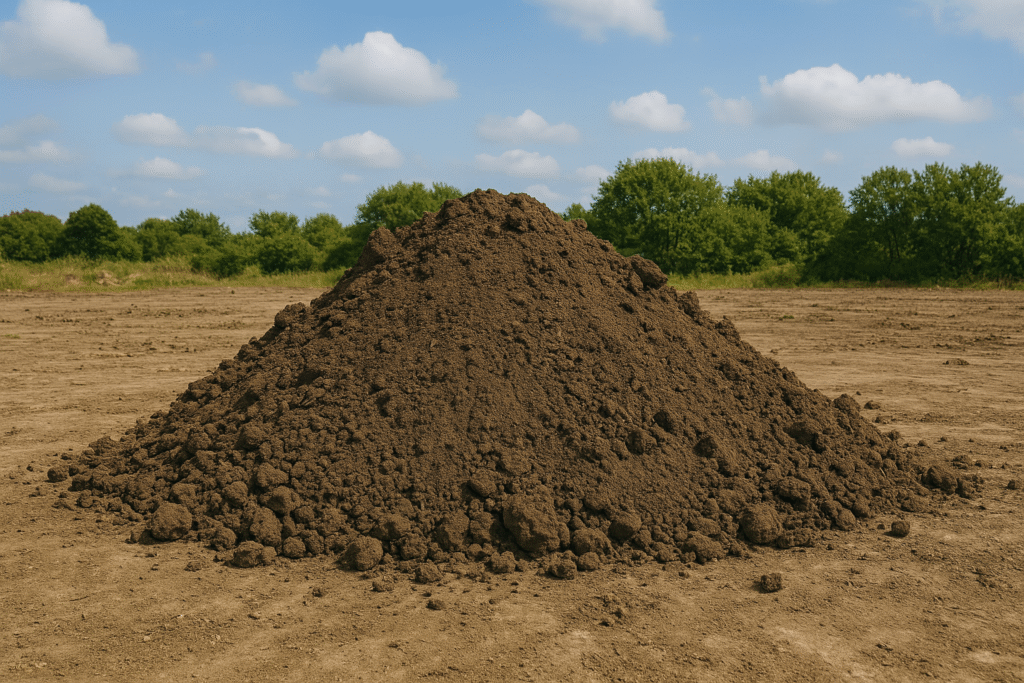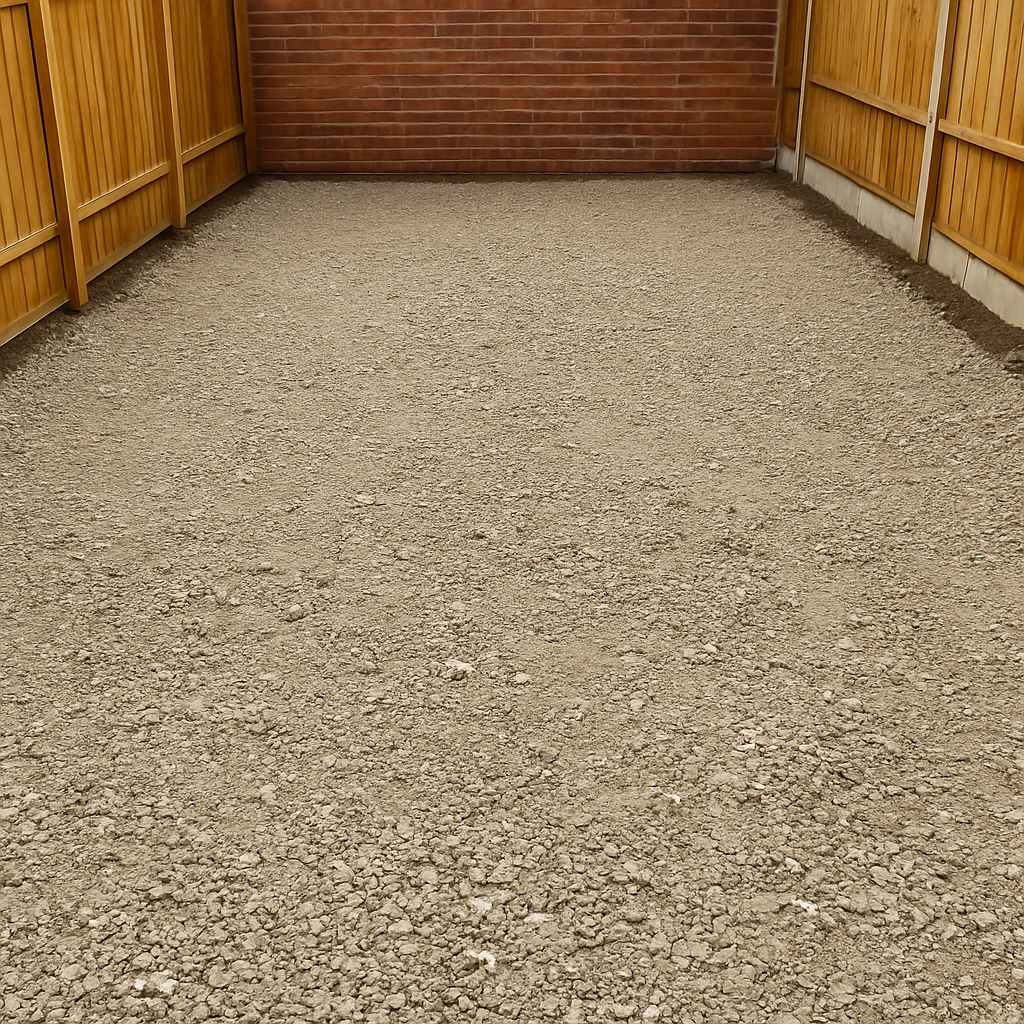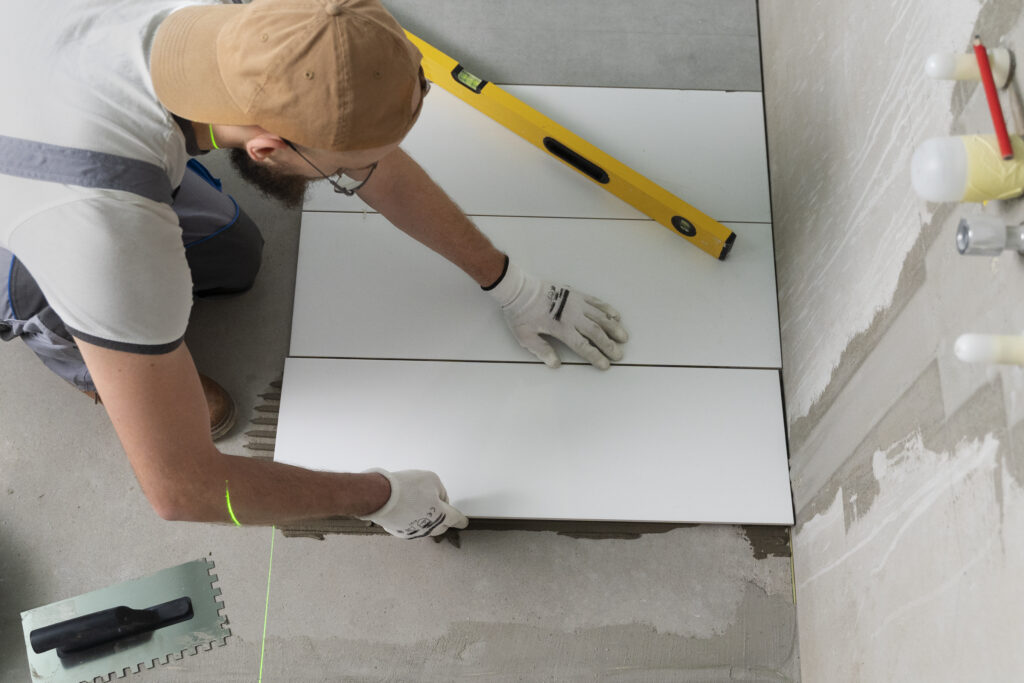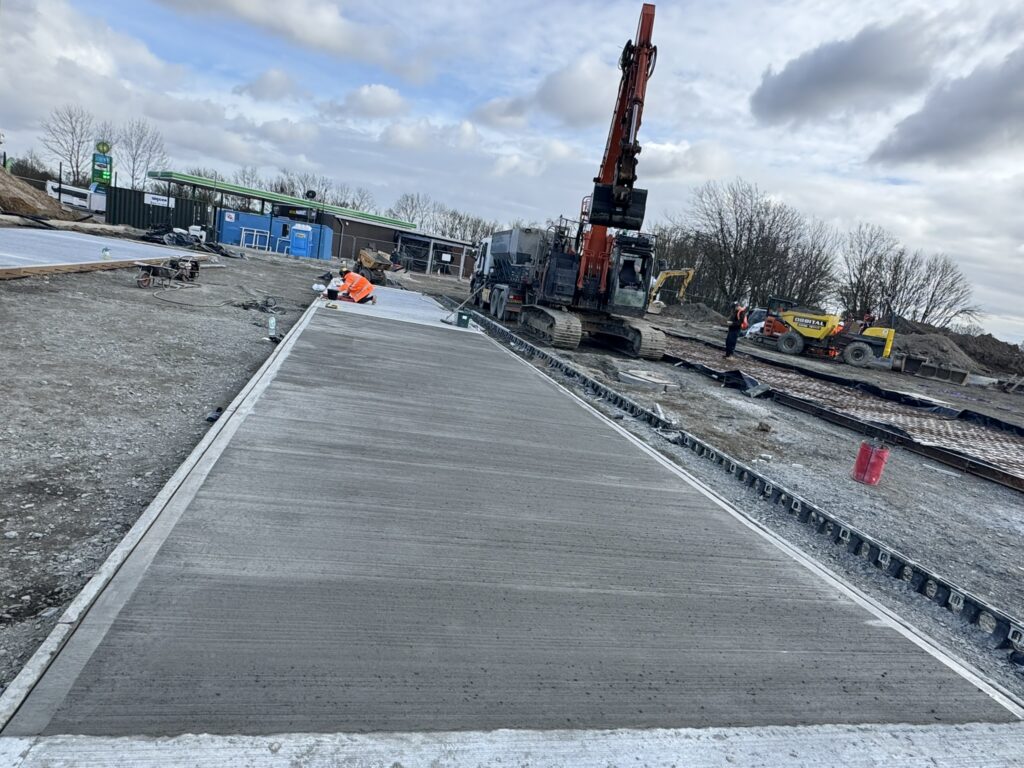
Planning a dig? Whether you’re laying the groundwork for a new patio, prepping a driveway, or excavating for a basement, one thing’s certain — guessing won’t cut it. Using an excavation calculator is the smartest way to get accurate volumes, avoid overpaying for skips, and keep that mountain of dirt from taking over your garden. Getting your numbers right helps control your costs, select the right machinery, and keep the entire project on track from the first shovel to the final pour.
Let’s walk through exactly how to use Excavation calculator volume like a pro — with tips, examples, and tools for both UK and US projects.
📏 What Is excavation calculator (And Why You Should Use It)
excavation calculator simply means ex: Gives you the total amount of soil or material you need to remove from a space. Think of it as how much ground you need to dig out to get your job done.
It’s usually measured as:
- Cubic metres (m³) – commonly used in the UK
- Cubic yards (yd³) – used in the USA
Knowing your volume means you can:
- Avoid ordering too many (or too few) skips
- Hire the right size machinery
- Calculate how much material to replace (like gravel or concrete)
- Keep your budget under control
🧮 The Simple Excavation Formula
To get your excavation volume, use this classic formula:
Volume = Length × Width × Depth
UK Example (Metric):
- Length: 5m
- Width: 2.5m
- Depth: 0.6m
- Total = 7.5 m³
US Example (Imperial):
- Length: 16ft
- Width: 10ft
- Depth: 2ft
- Total = 320 ft³ = 11.85 yd³ (divide by 27 to convert ft³ to yd³)
💡 Pro tip: Always double-check your unit conversions!
📐 Common Types of Excavations (With Volume Tips)
Every job is different, so your calculation might change depending on what you’re digging:
- Trenches: Usually narrow and deep. Measure carefully along the full run.
- Foundations: Might have steps or varying depths — take an average if needed.
- Basements: Large volume and often sloped. Calculate in sections for accuracy.
🔍 Average depth for sloped ground: (Shallow + Deep) ÷ 2
⚖️ The Bulking Factor – Why Loose Soil Takes Up More Room
Here’s the kicker — once you dig it up, soil gets fluffy. Yup, it expands.
This expansion is called the bulking factor, and it’s essential to factor into your disposal plan. Here’s what you can expect:
| Material | Bulking Factor | Notes |
|---|---|---|
| Clay | 40–60% | Heavy and sticky when wet |
| Topsoil | 20–30% | Light but varies with moisture |
| Sand | 10–15% | Slight expansion |
| Gravel | 5–10% | Least expansion |
So if you dig 10m³ of clay, it might turn into 14–16m³ of loose material. That’s a big deal if you’re hiring trucks or ordering a skip.
📊 Soil Weight Table (for Transport & Disposal)
| Material | Dry Weight (kg/m³) | Wet Weight (kg/m³) |
| Topsoil | 1,200 | 1,500 |
| Clay | 1,400 | 1,800 |
| Sand | 1,600 | 1,900 |
| Gravel | 1,800 | 2,000 |
🛻 Why it matters: Wet clay weighs more than dry gravel — don’t underestimate disposal costs.
📸 Add These Visuals to Your Page
To help your visitors understand better, include:
- A graphic showing how to measure length, width, and depth
- Before-and-after photo of an excavation site
- A sketch of sloped excavation with average depth
🔧 Handy Tools for Fast Calculations
Want to skip the maths? Use these calculators:
These tools auto-convert units, apply bulking factors, and give you results instantly.
💡 Quick Tips for Better Dig Planning
- Use a laser level or depth staff to measure more accurately
- Break up your site into smaller rectangles for complex shapes
- Always factor in bulking when ordering waste disposal
- Measure depth at multiple points across the area
🚫 Mistakes to Avoid
- ❌ Mixing up imperial and metric units
- ❌ Ignoring slope or varying ground height
- ❌ Underestimating disposal volume due to bulking
- ❌ Not checking local rules for soil disposal
❓ FAQs About Excavation Volume
Q: How do I calculate excavation on uneven ground?
A: Use grid layout and average your depth from multiple points.
Q: How do I convert cubic metres to tonnes?
A: Multiply by soil density (e.g., topsoil ~1.4 tonnes/m³).
Q: How many skips do I need for 10 cubic metres of clay?
A: Factor in bulking. You’ll likely need capacity for 14–16 m³.
Q: What’s a safe trench depth for footings?
A: In the UK: ~600mm. In the US: 18–36 inches, depending on frost line.
✅ Final Words
Excavation might seem like just digging a hole, but it’s a job that rewards precision. Get your numbers wrong and you could face delays, extra costs, or safety issues. Use our free Excavation calculator and take the guesswork out of your groundwork.
Whether you’re in Leeds or Los Angeles — dig smart, not hard.
By SmartBuildCalc Team




